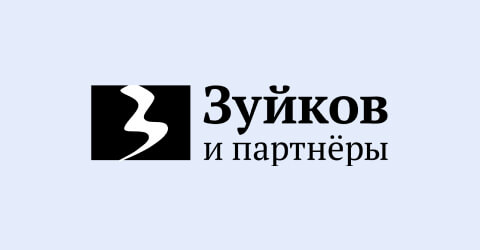Services


Trademark Search
and Clearance
Search Onlineand Clearance

Leading IP Firm
Our ratings
The possibility of registering and protecting a collective trademark exists in most countries around the world. A collective mark not only serves to individualize goods, but can also provide its rights holders with positive competitive advantages, simplifying entry into the market, sales of products, etc.
In particular, in addition to the general branding tools used by the copyright holders of conventional trademarks, the use of a collective trademark allows associations of manufacturers to distinguish and individualize their products based on industry, regional or other characteristics.
For example, as part of a special WIPO project [1], the collective trademark Bikol was registered in the regional IP office in the Philippines Pili in the name of the Orgullo Association Kan Bicol. The association includes manufacturers of nuts, confectionery, clothing, accessories, cosmetics, essential oils, etc. The products are produced on the basis of long-standing traditional regional practices, and their key unifying feature is that the raw material for them is pili - a tropical tree that grows on the volcanic soil of the Philippines.
From an economic point of view, the accumulation of “team” resources under one trademark expands the possibilities of brand promotion and allows increasing the scale of sales of goods, which helps members of the association compete with large firms.
Compliance with quality standards for goods and services produced and sold under the same brand is achieved through the establishment of uniform requirements and provisions in the charter of the collective trademark, which makes it possible to monitor compliance with these standards.
For example, the Association of Restaurants “Chaikhona No. 1” registered a collective mark of the same name [2], which applies to snack bars, cafes, restaurants, show programs, etc. The charter of the collective mark of this association specifies, among other things: uniform requirements for the design and style of premises in “oriental style”, employee uniforms, music, menu and quality of food, including dishes of traditional “oriental” cuisine , etc.
basis.
From a legal perspective, the legal framework for collective trademarks allows several individuals to unite under a single brand and use it on an equitable basis. For such situations, this is the only possible mechanism for resolving the issue, since national legislation does not provide for a regime of joint ownership and registration of a trademark in the name of several persons, with the exception of a collective mark.
Which trademark is considered collective?
The concept of a collective trademark is enshrined in the Civil Code of the Russian Federation [3]. So, from Part 1 of Art. 1511 of the Civil Code of the Russian Federation it follows that a collective trademark is understood as a trademark that has a combination of the following characteristics:
Any designation can be registered as a collective mark, provided that it meets the requirements specified in the law (Articles 1482, 1483 of the Civil Code of the Russian Federation).
How does the legal protection of a collective mark differ from an ordinary one?
Legal protection of a collective trademark has the following features, which are regulated by Articles 1510 and 1511 of the Civil Code of the Russian Federation:
How to register a collective trademark in the Russian Federation
For state registration of a collective trademark, you need to pay a state fee and submit the appropriate application and documents to Rospatent. The form and procedure for submitting an application, the composition of documents attached to the application and the requirements for them are approved by Order of the Ministry of Economic Development of Russia dated July 20, 2015 N 482 [5].
Just as with the procedure for registering a regular (individual) mark, an application for a collective mark can be submitted in paper form or in electronic form. However, the application must indicate all persons who are members of the relevant association and who will have the right to use the mark.
In addition to the standard set of documents, the charter of the collective mark must be attached to the application for registration of a collective trademark. The requirements for the content of the charter are established by Part 1 of Article 1511 of the Civil Code of the Russian Federation and include:
After verifying the payment of the fee, the registration authority conducts a two-stage examination of the application: first, a formal examination, during which it checks the composition of the documents attached to the application and their compliance with the established requirements, and in case of successful completion of the first stage - a substantive examination, where it checks the requirements for the designation, which declared as a collective mark.
The procedure and rules for conducting the examination, including the features of the examination of designations applied for registration as collective trademarks, are established by Order of the Federal State Budgetary Institution FIPS dated January 20, 2020 N 12 [6].
The final stage of registering a collective trademark is entering registration information into the Rospatent register and issuing a registration certificate.
In conclusion, we would like to note that at the moment, a small number of collective trademarks are registered in Russia. This is due not only to the peculiarities of their regulation and use, but also to the difficulties of registration, such as the development of the charter for a collective mark.
Despite these difficulties, the use of collective trademarks holds great potential. It is an effective way to commercialize products and services. Moreover, taking into account the specifics of national legislation, registering a collective trademark is the only way to ensure equal rights for all members of an association under one designation.
The Zuykov and partners company has extensive experience in trademark registration and will assist with all the challenges associated with the process, including the preparation of necessary documents and the legal support for the procedure.
Sources: